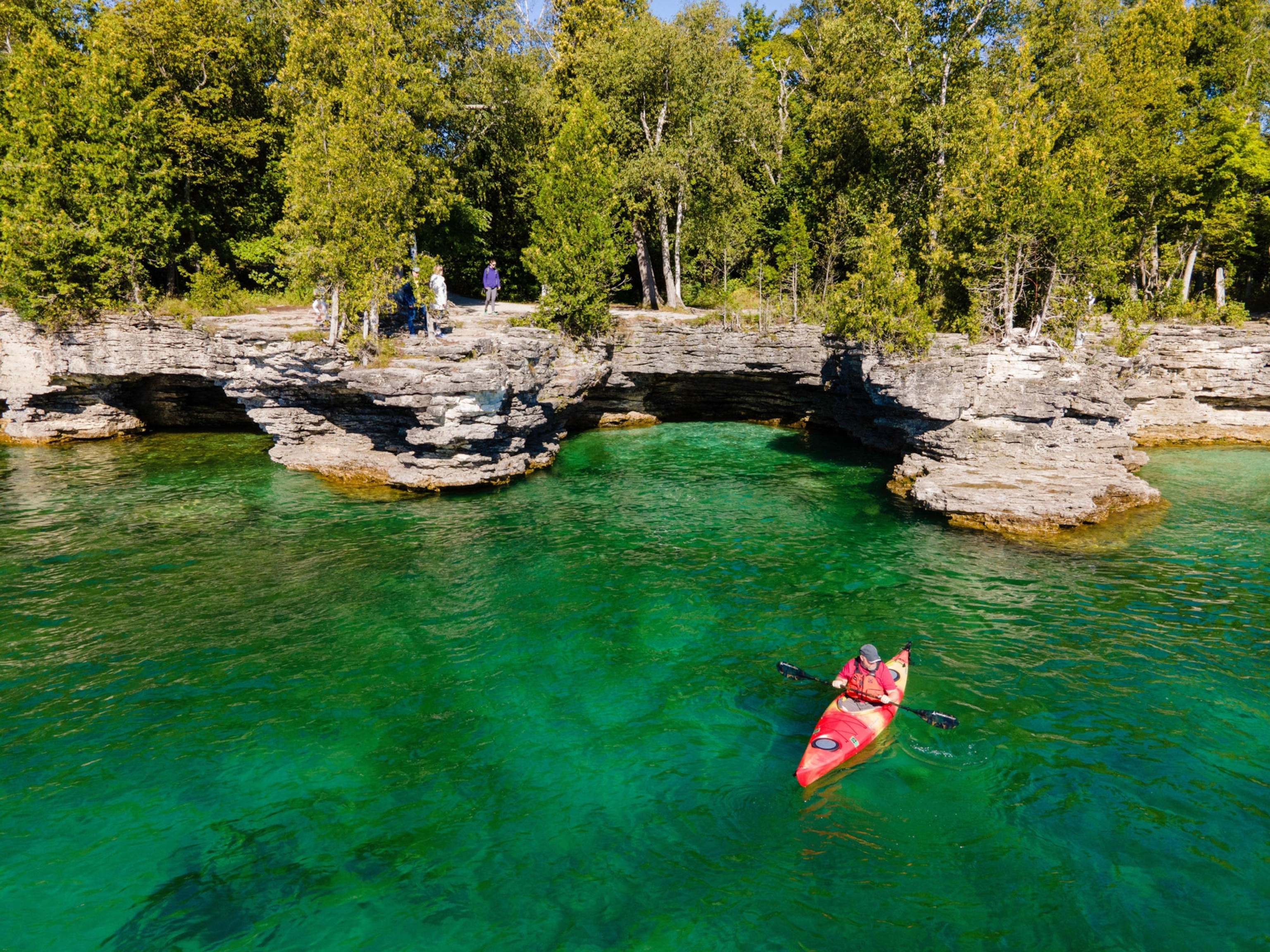Capture Mars on Earth on Iceland's Southern Coast
Shooting amongst Iceland's stunning landscapes and dramatic terrains offers a challenge to even the most experienced photographers.
Hot springs force steam out of rubble, volcanoes - some of the most powerful in the world - tremble with titanic energy, while leviathan waves smash on blackened beaches. In Iceland, nature is king.
For National Geographic photographer Stephen Alvarez, it was the otherworldliness of the landscape that he found most intriguing. “There's a reason that Iceland appears in so many movies - especially Science Fiction movies - because it's an alien landscape,” Alvarez tells National Geographic. “It's an easy place to get lost in.”
One of the most striking aspects of this stark, mostly uninhabited island is the rich natural diversity. Starting in Reykjavik, Alvarez’s trip took in landmark spots including the hot springs of Reykjanesfólkvangur, the famously tetchy Eyjafjallajökull volcano and the idyllic Skógafoss waterfall. But what tied all these hugely different terrains together was the constant drama of the changing skies.
“The weather is prone to changing incredibly fast; you can go from clear blue sky to torrential downpour to clear blue sky to snow in a matter of minutes,” says Alvarez. “During a season like this, I just spent the entire time chasing light around; trying to be in a place where the light gets good - and that's not necessarily very predictable.”
In a country where insurance won’t protect you if your car door gets torn off by the wind, one must be alive to the tremendous power of the elements. Shooting with the Canon EOS 6D Mark II, Alvarez knew he had to be responsive and versatile. “There were times that the camera was so coated in water from sideways spray or heavy mist that five years ago would have meant a broken camera - but this camera wasn't bothered at all,” he says.
In order to capture a panorama so barren yet so richly layered in texture, Alvarez relied on two very different lenses. “The 16-35mm lens was fabulous for working in these tight intimate canyons or working on the glacier, in a space that's very intimate but where you also want to get the sense of expanse,” he says. Meanwhile, the Canon EF 70-200mm f/2.8L IS II USM telephoto lens allowed him to take in the layers of vertical landscape, from the coast to the mountains. “A lot of times you're trying to compress elements together and that was a brilliant lens for that. It really lets you carefully compose and stack elements on top of each other.”
Visiting Iceland in a shoulder month such as April, means the famously raw natural vistas are coming alive with the promise of spring. “Things are changing; by April most of the valleys have melted but there is still snow pack up on the big volcanoes,” says Alvarez. Flowers were cautiously poking their heads out, emerald green moss coated vast swaths of rock and - crucially - night continued to fall.
The break of dawn offered a golden opportunity to experience the landscape under a coat of warm sunlight. “You have these incredibly extended golden hours,” says Alvarez. “When the mornings were good they were really really good.” But since black, moody clouds were never far away, Alvarez relied on the camera’s high ISO range, which managed to pick out definition even the darkest of light.
Alvarez truly found the Mars he was looking for in Jökulsárlón Glacier Lagoon. “It's just so dramatic, icebergs come off this glacier and move through the lagoon and out to sea and then the water washes them back up onto the beach,” he says. Once grounded, these chunks of ice glow with an unearthly fervor as if lit from within, while the waves continue to gently break over them.
- National Geographic Expeditions
To capture such a startling scene, Alvarez knew he must get low to the ground. But by using Canon’s Vari-Angle touch-screen LCD panel, he was able to compose the perfect shot without having to lie in the snow. “The screen hugely aided composition,” says Alvarez. "It was fantastic on this beach with these low compositions.”
The primary palette of ice blue and grey contribute to an eerie lack of spatial reference, something that was part of the visual narrative that Alvarez wanted to conjure. “I knew I wanted to play with scale a lot,” he says. “When you're on the glaciers in particular you have very little concept about whether you're looking at something that is 3 inches tall or 30 feet tall. I wanted to tie together this emptiness and alien-ness.”
And while the power and wonder of nature is visible in every peak of mountain and curl of a wave, Alvarez was ultimately struck by the earth’s fragility. “While I was standing on the Vatnajökull glacier - the largest in Europe - I was struck by how things that are so massive, and so permanent seeming, in fact aren't,” he says. “You can see very clearly how the glacier has retreated 9 km in the last 30 years. It's an overwhelming feeling, the powerlessness that we have. Iceland is a very good place to make you feel very little.”




